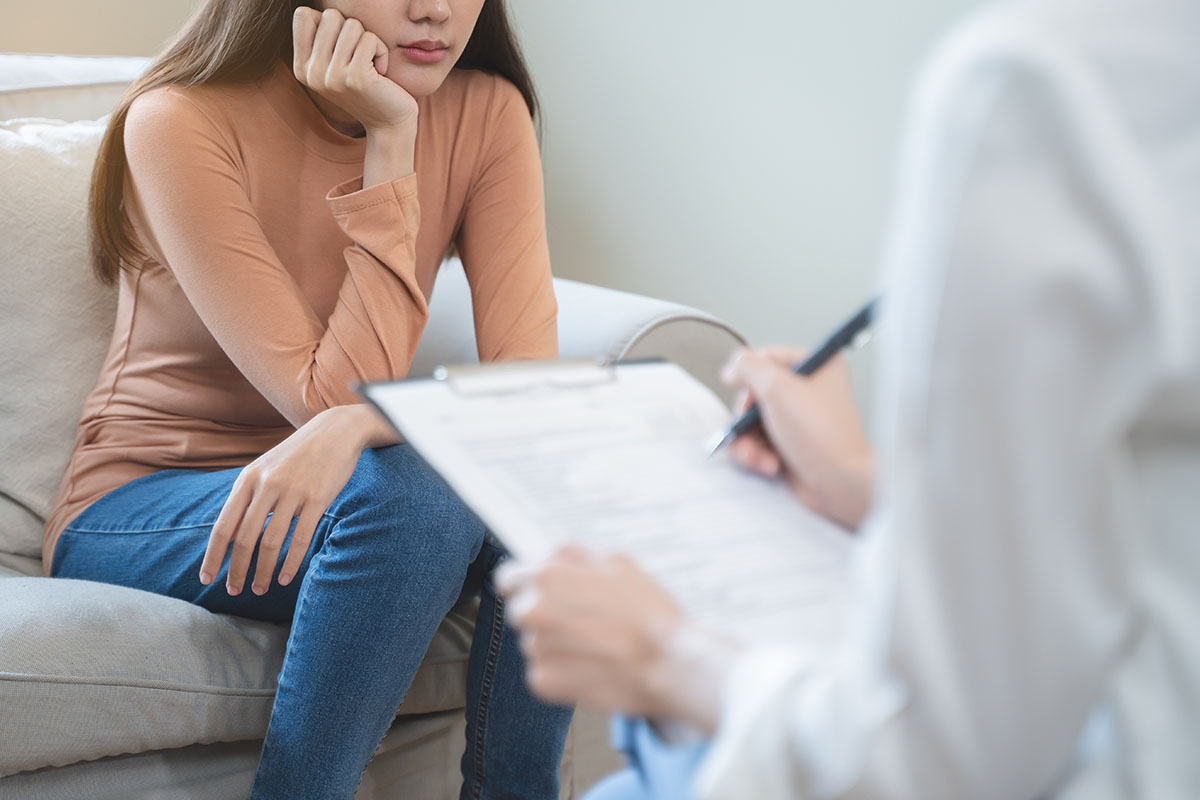Depression is the leading cause of disability worldwide. In the United States, depression impacts millions of adolescents and adults. Depression does not occur in a bubble. When someone suffers from depression, its impacts are also felt by friends and family. Depression is a complex mental health disorder that affects different people differently. Further, different types of depression have distinct symptoms. A depression treatment program is the best way to acquire an accurate diagnosis and receive individualized treatment.
Gulf Breeze Recovery is a dual diagnosis treatment center offering comprehensive, holistic treatment for depression and co-occurring disorders. Nestled into a private part of the Santa Rosa Sound on Florida’s Gulf Coast, our location provides a welcoming, calming environment ideal for reflection, reconnection, and healing. Reach out to our team today to learn more about our unique depression treatment program. Call 833.551.2304.
A Closer Look at Common Depression Disorders
Because the main symptom of depression is sadness, distinguishing between the two can be difficult. Sadness is a normal emotion caused by a specific person, situation, or event. Sadness generally lasts for a few days, during which you can still enjoy other aspects of life. By contrast, the sadness felt in depression typically has no identifiable trigger. The sadness associated with depression is persistent, prolonged, and negatively impacts all areas of functioning.
The DSM-V recognizes several different types of depression. Following is a closer look at the four most common depression disorders:
Major Depression
Also referred to as major depressive disorder (MDD) or clinical depression, symptoms are intense and overwhelming and persist most of the day, on most days, for at least two weeks. Symptoms include:
- Feelings of worthlessness and guilt
- Significant weight gain or loss
- Sleep disruptions, including insomnia and hypersomnia
- Loss of interest or pleasure in activities usually enjoyed
- Difficulty concentrating or making decisions
- Fatigue and loss of energy
- Feeling restless and agitated, or sluggish and dull
Thoughts of death and suicide are common and should be taken seriously. Major depression impacts everyone differently but is characterized by specific types: anxious distress, melancholy, or agitation.
Persistent Depressive Disorder (PDD)
Previously referred to as dysthymia or chronic major depression, those with PDD have experienced symptoms more days than not for at least two years. PDD can range from mild to moderate to severe. Symptoms can include:
- Lack of energy or fatigue
- Low self-esteem
- Changes in sleep patterns
- Changes in eating habits
- Difficulty concentrating
- Anger and irritability
- Feelings of sadness and hopelessness
Symptoms of PDD may not reach the intensity of major depression, but they are pervasive and long-lasting. Most people with PDD can function day-to-day but feel little joy or pleasure.
Bipolar Disorder
Sometimes referred to as manic depression, bipolar is marked by significant mood swings between the extremely high (manic) and the extremely low (depressive). The frequency and duration of these mood swings are unique to each individual and can vary within the same person.
Typical symptoms of manic episodes can include:
- Increased energy or hyperactivity
- Racing thoughts and rapid speech
- Impulsivity and risk-taking behaviors
- Overconfidence in abilities
- Decreased need for sleep
Typical symptoms of depressive episodes can include:
- Withdrawal from family and friends
- Intense despair and hopelessness
- Severe fatigue and lack of energy
- Significant changes in appetite
- Preoccupation with death or suicidal thoughts
Bipolar disorder is commonly misdiagnosed because few people seek treatment when having a manic episode. The suicide risk for bipolar is significantly higher than the general population.
Seasonal Affective Disorder (SAD)
SAD is a period of major depression that starts and stops at the same time each year, for at least two years. SAD is more common in the fall and winter months but does affect some in the spring and summer. Symptoms of SAD can include:
- Sleeping more than usual but still feeling fatigued
- Feeling irritable and anxious
- A heavy feeling in the arms and legs
- Significant weight gain spurred by intense cravings for carbohydrates
- Social withdrawal and loss of interest in activities
- Feelings of hopelessness and worthlessness
- Difficulty focusing or concentrating
SAD is believed to be caused by disruptions in the circadian rhythm because of changes in exposure to sunlight. The prevalence of SAD is challenging to determine because it often goes unreported.
Contact Gulf Breeze Recovery to Learn More About Our Depression Treatment Program
Untreated depression can wreak havoc in your life and the lives of your loved ones. Luckily, depression is highly treatable. At Gulf Breeze Recovery, you can gain insight into the root causes of your depression through our comprehensive depression treatment program. Call us today at 833.551.2304 to learn more.







